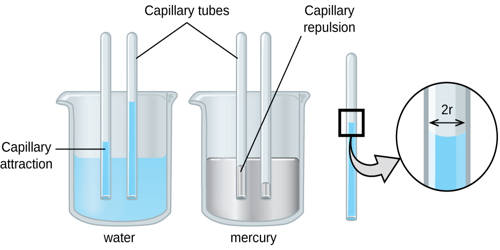Drug-resistant bacteria are a growing danger to world health and our ability to cure illnesses. This issue is made worse by the extensive use of antibiotics in livestock, including swine farms.
Therefore, in order to assist the public health authorities, we require monitoring tools to track these bacteria. To this goal, scientists have monitored the swine-isolated Escherichia coli’s antibiotic resistance.
Antimicrobials are essential for preventing and treating infections in humans and animals. According to the US Food and Drug Administration, 70% of all antibiotic sales in the US are used for livestock production.
Microbes, however, adapt over time to fend off these poisons and eventually develop resistance. Infections become more difficult to treat as a result. It is alarming because these resistant microbes have the potential to transfer from farm animals to people, worsening the health situation.
Since E. coli bacteria are common in both human and pig digestive tracts and are reliable indications of whether meat and meat products have been contaminated, the researchers concentrated on them. E. coli are excellent for monitoring programs for animals and people since they can also acquire and transfer resistance genes to other bacteria in the intestinal tract.
“It is important to monitor the emergence of antimicrobial-resistant bacteria in the swine industry because in 2022 the US was the third largest producer and consumer of swine meat and products, after the European Union and China,” said Hamid Reza Sodagari, a postdoctoral research associate in the Varga lab. “Although it is a big problem, to the best of our knowledge this paper is the first surveillance study in the US that looks at antimicrobial resistance in E. coli from swine at slaughter.”
Federal agencies often don’t have the manpower to carry out such long-term and detailed analyses. Alternatively, for most researchers such studies are challenging because usually they track samples on a smaller scale. In this paper, however, we were able to look at more than 3,000 samples across several years.
Professor Csaba Varga
The study made use of surveillance data from cecal samples that were taken from the gut after slaughter and were made available to the public. The researchers focused on market swine and sows in the US between 2013 and 2019, and used the data compiled by the United States Department of Agriculture Food Safety Inspection Service under the National Antimicrobial Resistance Monitoring System for Enteric Bacteria program.
“Federal agencies often don’t have the manpower to carry out such long-term and detailed analyses. Alternatively, for most researchers such studies are challenging because usually they track samples on a smaller scale. In this paper, however, we were able to look at more than 3,000 samples across several years,” said Csaba Varga (IGOH), an assistant professor of epidemiology.
The researchers discovered that, since 2013, the number of antimicrobials to which E. coli is resistant has either grown or stayed constant.
A significant antibiotic agent used in both human and veterinary medicine, ceftriaxone, in particular, saw an increase in resistance from 0.8% in 2013 to 7.7% in 2019. Despite the fact that these figures pale in comparison to the prevalence of resistance to other antimicrobials, the upward trend is alarming.
“We don’t know why there is an increasing trend. It may be caused by mobile genetic elements, which can transfer antimicrobial resistance from one bacterium to another. We need to do further research at the molecular level to understand the reason for the increase,” Sodagari said.
“We are not blaming anyone for this problem. Our study is meant to show that there is an issue and that surveillance systems are very important to show the changes in resistance,” Varga said. “By gathering this data, we hope that the public health authorities will be able to develop mitigation strategies.”
The study “Evaluating Antimicrobial Resistance Trends in Commensal Escherichia coli Isolated from Cecal Samples of Swine at Slaughter in the United States, 2013-2019” was published in Microorganisms.
















